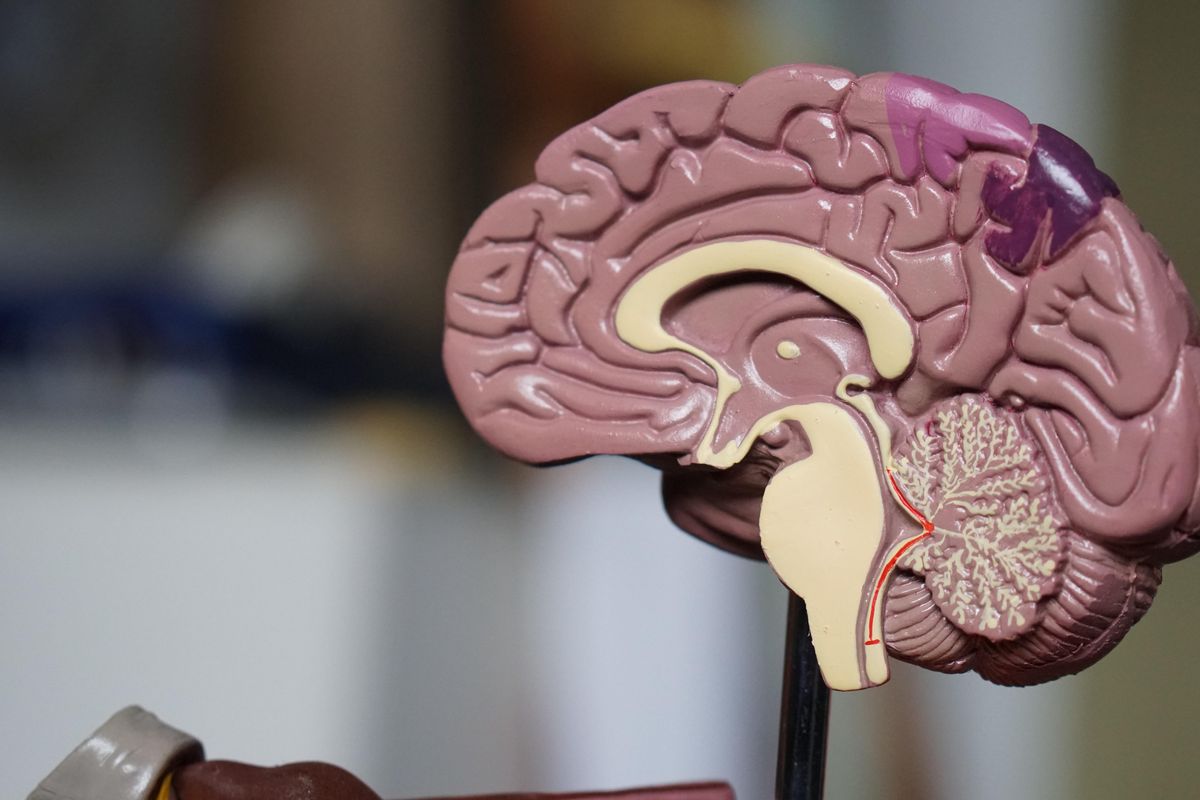
Researchers continue to explore new methods for treating depression that don’t cause the harmful side effects or chronic dependency that many prescription treatments do. Alternatives to traditional medication such as psychopsilocybin and ketamine have gained popularity over the years, but the latest innovation is a device surgically implanted into the brain. And for one patient, the results have been life changing.
Sarah, 36, had suffered for years from debilitating depression. According to reports from BBC and CNN, the symptoms had become so severe that Sarah claimed, “My daily life had become so restricted and impoverished by depression that I felt tortured by each day and forced myself to resist the suicidal impulses that overtook me several times an hour.”
Sarah had exhausted other possible treatments, and felt that “any kind of release would have been better than what [she] was experiencing.” So she decided the risk was worth the potential reward, and agreed to be the first patient to try a new device created by the team at the University of California San Francisco.
Brain stimulation acts ‘like a switch’ to turn off severe depression for one patient https://t.co/UVLYKp1IxY
— WSMV News4 Nashville (@WSMV)
1633363744.0
The device, no bigger than a matchbook, had originally been developed for patients with epilepsy, according to the team’s experimental study in Nature Medicine. Using it required Sarah to undergo a minimally invasive, yet very intricate, surgery. Two holes were drilled into her skull so that wires could run through them to monitor and stimulate her brain. In addition, a small piece of her skull was completely removed to make room for the device to fit under her scalp and hair. It would be permanently fixed there, and though she wouldn’t feel it, would always be “on.”
A daunting process, to be sure. But one that instantly yielded positive results. She reported euphoric feelings on waking and even laughing out loud. “It was the first time I had spontaneously laughed and smiled where it wasn’t faked, it wasn’t forced, for five years,” she said. “This joyous feeling washed over me.”
Just one small taste of relief would have been a victory for Sarah, but the device continued to work, and a year later, she had found her life turned around (with zero side effects). This is especially hopeful to hear, as many who try desperately to overcome depression through treatment find an initial uptake of positive emotion, only to crash and feel worse later.
Sarah reflects on her progress, noting, “at first, within a few weeks, the suicidal thoughts just disappeared. Then it was just a gradual process. It was like my lens on the world changed. … Everything has gotten easier and easier and easier.” The world that was once “gray and uninteresting,” even “ugly,” now had “gorgeous color.”
The team at the University of California San Francisco know they are still in the early stages of development for this potential breakthrough treatment. But the study does offer two valuable discoveries. One, that depression is not a moral failing. Cognitive therapy and medication might work well for many, but in severe cases more professional intervention might be needed. For Sarah, a cure wasn’t found through fixing her attitude and thinking positively. She had a measurable imbalance that required medical assistance. Society doesn’t have a stigma against those suffering from physical ailments such as broken legs and autoimmune disease, and stories like Sarah’s can help us understand that mental illness is no different.
And two, that personalized treatment is potentially right around the corner. According to study team member and UCSF neurosurgeon Dr. Edward Chang, “There is not one depression area or one mood area in the brain.” In Sarah’s case, signals from the amygdala, a small structure in the brain associated with emotions, predicted her worst symptoms. The device “affords us precision in a way that we never had before in treating depression,” he said. Other studies have mapped brain activity of patients with depression, but for the first time, that data is being used to make a difference in patient’s lives.
Where this is certainly only the beginning for testing the device’s true efficacy, it could mean a breakthrough for others like Sarah. And in a time where science and medicine are often mistrusted, it’s a small comfort to see evidence of it being used for good.
